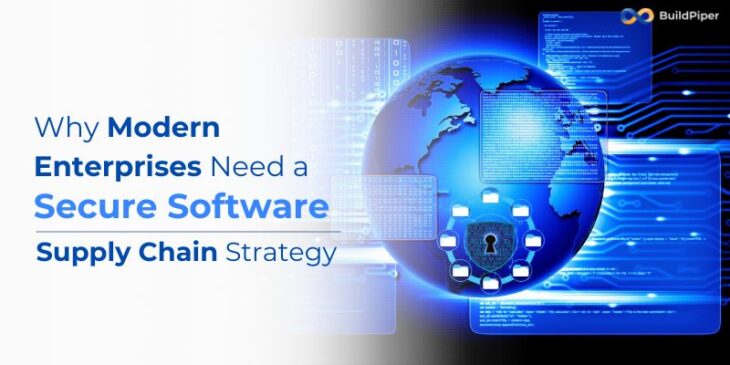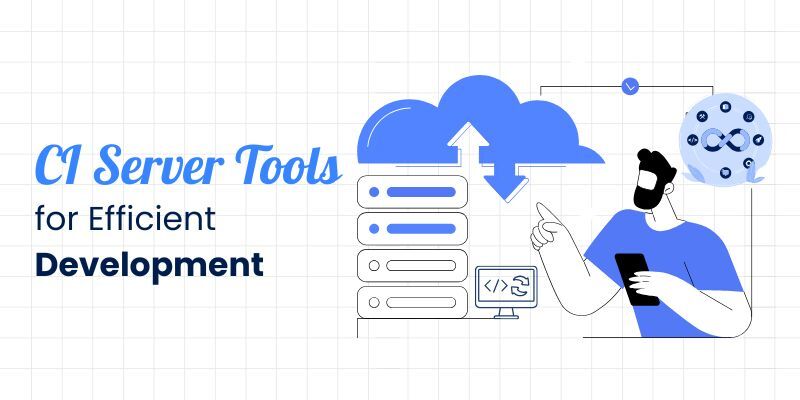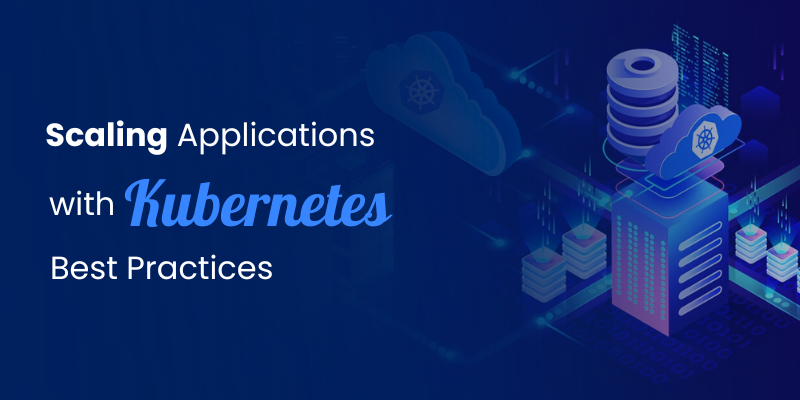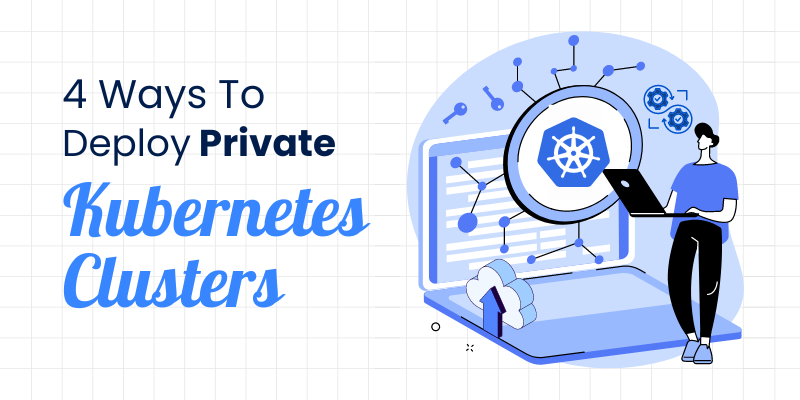
Imagine building a fortress but leaving the backdoor wide open. That’s what happens when enterprises overlook software supply chain security. With cyberattacks growing smarter and third-party dependencies increasing, one vulnerable link can compromise your entire ecosystem. But what exactly makes a software supply chain secure? And how can businesses stay ahead of lurking threats? Dive in as we unravel the must-know strategies to safeguard your digital future before it’s too late.
The Rising Threat of Software Supply Chain Attacks
A software supply chain attack occurs when a malicious actor infiltrates a vendor’s system to inject compromised code into a product used by downstream customers. These attacks are particularly devastating because they exploit trust, organizations unknowingly deploy tainted software, leading to widespread breaches.
Why Secure Software Supply Chain Matters for Enterprises
Enterprises are no longer just protecting their own code, they’re also relying on third-party components, open-source libraries, APIs, and vendor software. This interconnectedness, while beneficial for innovation and speed, creates a bigger attack surface for cybercriminals.
- Third-Party Risks Are Escalating
- Over 80% of enterprise codebases contain open-source components, many of which have unpatched vulnerabilities.
- Attackers target weak links in the supply chain, such as compromised vendor credentials or insecure CI/CD pipelines
- Regulatory Pressures Are Increasing
- Governments worldwide are enforcing stricter compliance mandates (e.g., U.S. Executive Order 14028, EU Cyber Resilience Act).
- Enterprises must prove due diligence in securing their software lifecycle or face legal consequences.
- Reputation and Customer Trust Are at Stake
- A single breach can erode years of brand credibility.
- Customers now prioritize security when selecting vendors, making software supply chain security a competitive differentiator.
A MUST READ – How To Manage Your Internal DevSecOps Platform?
Key Vulnerabilities in the Software Supply Chain
To build an effective defense strategy, enterprises must first understand where the risks lie:
1. Compromised Open-Source Dependencies
Attackers inject malware into popular open-source packages (e.g., npm, PyPI).
Solution: Automated scanning tools (SCA) to detect vulnerable dependencies.
2. CI/CD Pipeline Exploits
Weak access controls in Jenkins, GitHub Actions, or GitLab CI can allow attackers to insert malicious code.
Solution: Enforce strict identity verification and DevSecOps in supply chain practices.
3. Insecure Vendor Integrations
Third-party APIs or SDKs with poor security posture introduce backdoors.
Solution: Vendor risk assessments and contractual security obligations.
4. Insider Threats & Code Tampering
Malicious or negligent employees can alter code before deployment.
Solution: Code signing, immutable logs, and least-privilege access.
How to Build a Secure Software Development Pipeline
Enterprises must shift from reactive security measures to proactive, end-to-end protection. Here’s how:
- Adopt a Zero-Trust Approach to Code
- Verify every component – open-source, proprietary, or third-party before integration.
- Use software bill of materials (SBOM) to track dependencies and vulnerabilities.
- Embed DevSecOps in Supply Chain Processes
- Shift security left by integrating automated scanning (SAST, DAST, IAST) into CI/CD pipelines.
- Implement policy-as-code to enforce security gates before deployment.
- Strengthen CI/CD Pipeline Security
- Isolate build environments to prevent lateral movement.
- Require multi-party approval for critical deployments (e.g., GitHub’s CODE OWNERS).
- Monitor for Anomalies in Real-Time
- Deploy runtime application self-protection (RASP) to detect suspicious behavior post-deployment.
- Use AI-driven threat detection to identify supply chain attacks early.
- Foster a Security-First Culture
- Train developers on secure coding practices and threat awareness.
- Encourage cross-team collaboration between security, DevOps, and procurement.
The Business Case for Investing in Supply Chain Security
Beyond risk mitigation, a secure software supply chain strategy delivers tangible business benefits:
1. Faster Compliance & Audits – Automated SBOMs streamline regulatory reporting.
2. Reduced Incident Costs – Proactive security cuts breach-related expenses by up to 40%.
3. Enhanced Market Trust – Customers prefer vendors with verifiable security postures.
Final Thoughts
As cyber threats grow more sophisticated, enterprises must treat software supply chain security as a core business function, not an IT afterthought. By integrating DevSecOps in supply chain workflows, enforcing strict vendor controls, and automating vulnerability detection, organizations can build resilient software pipelines that safeguard their operations and customers.
The question isn’t if your enterprise will face a supply chain attack, it’s when. The time to act is now.
Frequently Asked Questions
Q. Why is software supply chain security important for enterprises?
A. Software supply chain security is essential because enterprises rely heavily on third-party code, making them vulnerable to hidden threats. A single compromised dependency can expose the entire system, making proactive defense crucial.
Q. What are common software supply chain attacks and prevention strategies?
A. Common attacks include malware in open-source packages, CI/CD pipeline exploits, and vendor integration breaches. To prevent them, enterprises should use automated scanning tools, enforce DevSecOps in supply chain processes, and assess third-party risks thoroughly.
Q. How does DevSecOps in supply chain improve security?
A. DevSecOps in supply chain integrates security checks early in the development cycle. It automates vulnerability detection, enforces security policies, and ensures continuous protection across all CI/CD stages.
Q. How can we build a secure software development pipeline?
A. To build a secure pipeline, adopt a zero-trust model, use SBOMs for tracking dependencies, and implement multi-layered CI/CD protection. Embedding DevSecOps in supply chain workflows is key to end-to-end security.
Q. Why does secure software supply chain matter for enterprises today?
A. With rising cyber threats and regulatory pressures, enterprises must secure their software supply chain to maintain compliance, reduce breach costs, and protect brand trust. It’s a strategic business necessity, not just a technical requirement.



